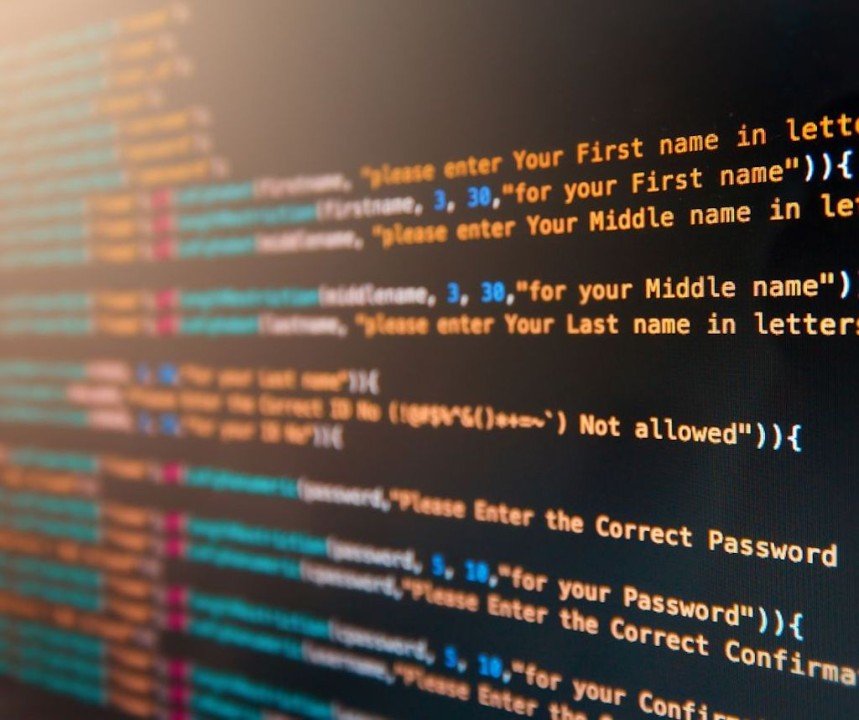The Internet of Things (IoT) is changing the way we engage with the world impacting areas such as home automation and industrial operations. Creating an application involves a series of steps from generating ideas to implementation, which necessitate a skill set and a thorough grasp of both hardware and software. This piece guides you through the process of developing an app emphasizing stages and recommended approaches.
4 Steps of IoT App Development
Step 1: Generating Ideas
The initial phase in crafting an app revolves around idea generation, where concepts are conceived, assessed and refined. This step entails brainstorming sessions, market analysis and feasibility evaluations.
- Problem Identification. Successful IoT mobile apps address issues. Optimize existing procedures. Begin by pinpointing a problem that your app aims to solve – whether it’s enhancing energy efficiency in households or monitoring equipment in settings. For example: Picture an app tailored for monitoring soil moisture levels for farmers to help them improve irrigation practices and conserve water efficiently.
- Market Analysis. Delve into market research to comprehend your target audiences requirements and the current solutions available. Scrutinize competitors. Pinpoint areas where your app can provide value. For example: Exploring IoT products may uncover a scarcity of cost effective soil moisture sensors that are user friendly presenting an opportunity for innovation.
- Feasibility Assessment. Assess the feasibility of your idea. Take into account the hardware needs, connectivity choices and potential obstacles, in execution. This phase may require discussions with engineers and IoT development firms to evaluate the practicality of your concepts. For instance, engaging with an IoT development company might uncover that existing sensors can be linked to your application using Bluetooth Low Energy (BLE) for data transfer.
Step 2: Blueprint Creation: Designing Phase
Once you have an idea the next step is to plan your application. This involves outlining strategies for the user interface system architecture and hardware integration.
- User Interface (UI) Design. The UI design should be simple to use and user friendly ensuring that users can effortlessly engage with the application and access functions. Wireframes and prototypes play a role during this phase. For example creating a dashboard for farmers to monitor soil moisture levels and receive notifications. Manage irrigation systems with ease.
- System Architecture Planning. Sketch out the architecture of your app covering aspects like cloud infrastructure setup, data storage methods and communication protocols. Make sure that the IoT app architecture allows for scalability and dependability. For instance utilizing cloud services such as AWS IoT Core, for handling device data management, conducting real time analytics processing and securely storing data.
- Hardware Integration. Selecting the hardware components, such as sensors, actuators and microcontrollers is crucial for hardware integration. It’s important to make sure that these components are compatible with your application and can communicate seamlessly. For instance you might opt for soil moisture sensors that can withstand agricultural environments and connect them to an Arduino microcontroller for efficient data collection.
Step 3: Development
The IoT software development phase is about bringing your app to life. This involves writing code integrating hardware elements and testing the application thoroughly to ensure it works as intended.
- Software Development. When it comes to IoT apps development, focus on creating both the backend and frontend of your app. The backend manages data processing, storage and communication with devices while the frontend offers users an interface to interact with. As an illustration of this process consider writing the code in Python for sensor data processing and developing the frontend using JavaScript to craft a dashboard.
- Hardware Integration and Testing. During hardware integration and testing connect all hardware components to your app. Verify their communication. Conduct IoT app testing procedures to detect any issues that may arise and address them promptly. For example, test the soil moisture sensors rigorously to validate readings and ensure data transmission, between the sensors and the app.
- Security Measures. To safeguard your apps data integrity implement security measures. This includes incorporating data encryption protocols establishing secure authentication mechanisms and regularly updating security features. Secure data transmission is crucial so utilizing HTTPS and implementing two factor authentication, for app users are steps to take.
Step 4: Deployment: Launching and Scaling
When it comes to the phase of deploying your app and making it accessible to users you need to set up the cloud infrastructure, launch the app and consistently monitor its performance.
- Cloud Deployment. For deployment ensure that your app is deployed on a platform like AWS or Azure that can scale effectively to accommodate growing data and user demands. Utilize their services for scalability, data storage and monitoring purposes.
- User Onboarding. To onboard users successfully offer instructions and support for them to easily set up and start using the app. This could include providing user manuals, video tutorials and responsive customer support.
- Continuous improvement is key in enhancing your apps functionality based on user feedback and needs. Regularly updating features and incorporating enhancements ensure that the app remains relevant and valuable. For instance integrating weather forecasts for irrigation advice based on user feedback.
Conclusion
In conclusion developing an app is a fulfilling process that brings innovative concepts to life as practical solutions, in the real world.
By following a step by step process from coming up with ideas to putting them into action and tapping into the knowledge of companies specializing in development you can develop applications that address issues and enhance people’s lives. With IoT technology constantly advancing there are opportunities for creativity making it a thrilling area, for both developers and businesses.





